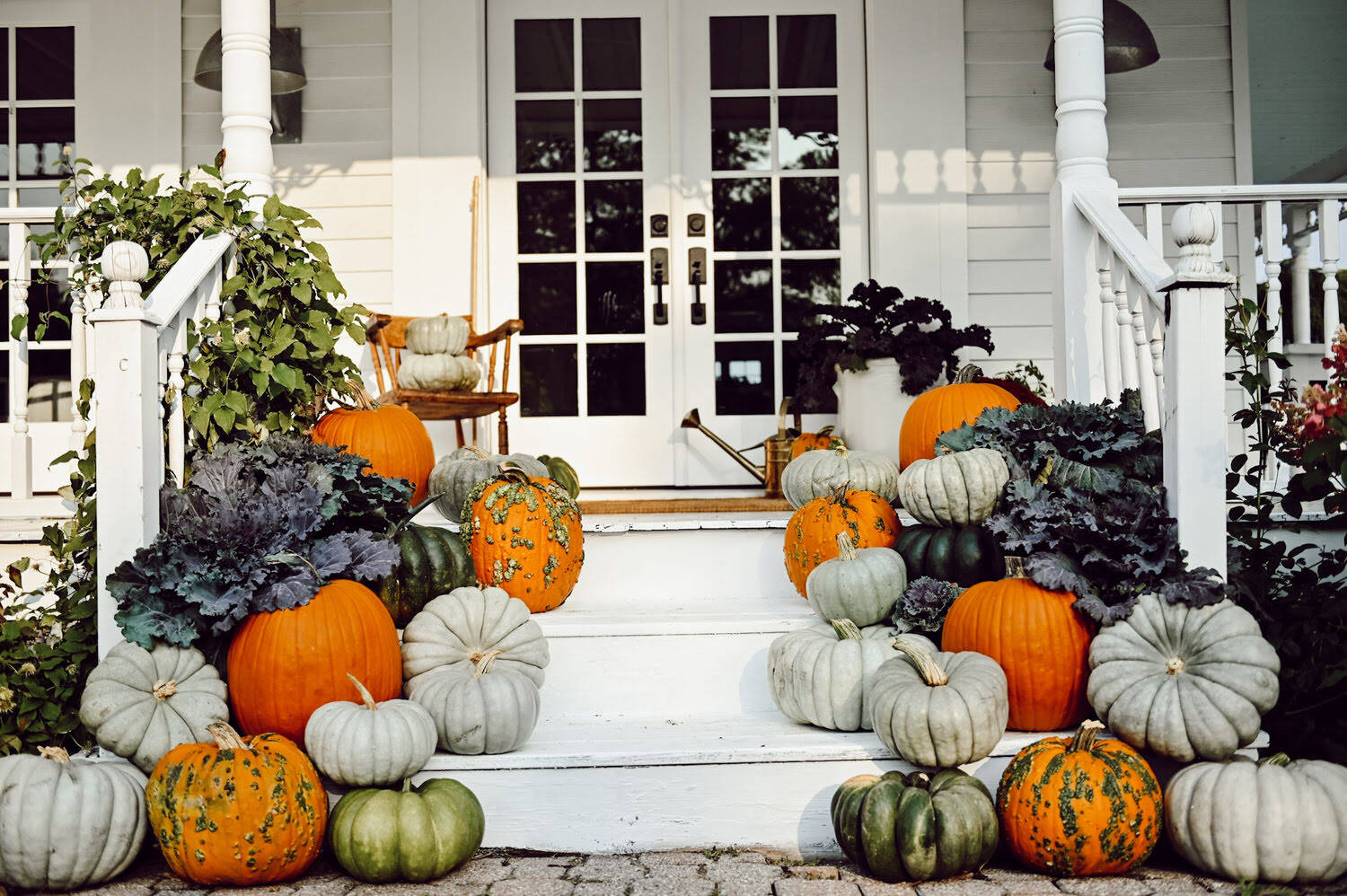

Articles
How Long Do Pumpkins Last On The Porch
Modified: December 7, 2023
Discover how long pumpkins can last on your porch with our informative articles. Learn the best practices to keep them fresh and vibrant throughout the season.
(Many of the links in this article redirect to a specific reviewed product. Your purchase of these products through affiliate links helps to generate commission for Storables.com, at no extra cost. Learn more)
Introduction
Welcome to the delightful season of fall, where vibrant foliage, crisp air, and pumpkin-spiced everything fill the air. One of the quintessential symbols of autumn is the beloved pumpkin. These versatile gourds are not only the stars of pumpkin patches and pumpkin spice lattes but also make a charming addition to porches and front yards.
However, if you’ve ever adorned your porch with a pumpkin, you may have wondered: how long will it last? Will it remain vibrant and fresh throughout the entire season, or will it succumb to decay and rot? In this article, we will explore the factors that affect the lifespan of pumpkins on the porch, as well as tips and techniques to extend their longevity.
From temperature and weather conditions to the type and condition of the pumpkin itself, various factors play a role in determining how long a pumpkin lasts on the porch. By understanding these factors and implementing proper care and storage techniques, you can ensure your pumpkins remain intact and visually appealing for an extended period.
So, whether you’re planning to carve them into intricate jack-o’-lanterns or simply want to display their natural beauty, read on to discover how you can make your pumpkins last longer on the porch.
Key Takeaways:
- Extend the lifespan of your porch pumpkins by considering temperature, moisture, and pumpkin type. Proper handling, pest protection, and timely storage can preserve their beauty throughout the fall season.
- Recognize signs of decay and discard pumpkins promptly to maintain a visually appealing display. Implement proper storage techniques to extend the lifespan of your pumpkins beyond their time on the porch.
Read more: How Long Do Uncooked Pumpkin Seeds Last
Factors that affect the lifespan of pumpkins on the porch
Several key factors can significantly impact how long a pumpkin lasts on your porch before showing signs of decay. Understanding these factors will help you take appropriate measures to prolong the pumpkin’s lifespan. Let’s take a closer look at each of these factors:
- Temperature and weather conditions: Pumpkins thrive in cooler temperatures, so extreme heat can accelerate their decay. Additionally, fluctuating temperatures can cause the pumpkin to rot quickly. It’s essential to choose a suitable time to display your pumpkins, preferably during milder fall weather.
- Exposure to sunlight and moisture: Direct sunlight can cause a pumpkin’s skin to dry out and become brittle, while excessive moisture can speed up the growth of mold and fungus. Finding a balance between sun exposure and keeping the pumpkins sheltered from heavy rain or dew is crucial for preserving their freshness.
- Type and condition of the pumpkin: Pumpkins come in various varieties, sizes, and conditions. Larger pumpkins tend to have thicker skins and thus last longer, while smaller ones are more prone to decay. Additionally, selecting a pumpkin with a firm and intact stem and no visible bruises or soft spots will increase its longevity.
- Proper handling: How you handle the pumpkin during transportation and placement also affects its lifespan. Avoid dropping or mishandling the pumpkin, as this can cause internal damage and expedite rotting. Carefully carry the pumpkin using the stem or base, supporting its weight evenly.
- Pest and animal protection: Pumpkins are irresistible to a variety of critters, including squirrels, raccoons, and insects. These creatures may chew on the pumpkin or dig into it, leading to faster decay. Consider placing a protective barrier, such as a wire mesh cage or fabric netting, to keep pests at bay.
By taking these factors into account, you can ensure that your pumpkins have a better chance of lasting on the porch for an extended period. However, even with the best care, pumpkins will naturally start to show signs of decay over time. In the next section, we will discuss how to increase the longevity of pumpkins on the porch with proper storage techniques.
Temperature and weather conditions
When it comes to preserving your pumpkins on the porch, keeping an eye on the temperature and weather conditions is crucial. Pumpkins prefer cooler temperatures and can deteriorate quickly if exposed to extreme heat or cold.
High temperatures can cause the pumpkin to dehydrate, resulting in shriveled skin and a shorter lifespan. It’s best to display your pumpkins during milder fall weather, avoiding direct sunlight and excessive heat exposure. Consider placing the pumpkins in a shaded area or using a cover during the hottest part of the day to protect them from intense heat.
Similarly, freezing temperatures can also be detrimental to your pumpkins. Freezing causes the cells within the pumpkin to break down, resulting in a mushy texture and accelerated decay. If you live in an area with frosty weather, bring the pumpkins indoors overnight or cover them with a frost cloth to avoid frost damage.
In addition to temperature, it’s important to consider the impact of weather conditions such as rain, dew, and humidity. Too much moisture can facilitate the growth of mold and fungus on the pumpkin’s surface, leading to decay. If rain is in the forecast, consider covering the pumpkins with a waterproof tarp or bringing them inside temporarily to prevent excess moisture absorption.
On the other hand, prolonged exposure to dry conditions can cause the pumpkin’s skin to become brittle and dry. This can lead to cracks and a shorter lifespan. To combat dryness, you can lightly mist the pumpkins with water to increase their moisture content.
Overall, maintaining a balance between temperature and weather conditions is crucial for preserving your pumpkins on the porch. By providing a suitable environment with moderate temperatures and protection from excessive heat or cold, you can extend the life of your pumpkins and enjoy their beauty for longer.
Exposure to sunlight and moisture
Exposure to sunlight and moisture plays a significant role in the lifespan of pumpkins on the porch. Finding the right balance between these two factors is essential for maintaining the freshness and longevity of your pumpkins.
While pumpkins need some sunlight to thrive, prolonged exposure to direct sunlight can cause their skin to dry out and become brittle. This can lead to premature decay and a shorter lifespan. To protect your pumpkins, consider placing them in a shaded area during the sunniest parts of the day. This can be under a porch overhang or shaded by surrounding trees or structures. By providing some shade, you can minimize the drying effects of the sun and prolong the freshness of your pumpkins.
On the other hand, moisture can also impact the lifespan of pumpkins. Excessive moisture, such as from rain or heavy dew, can promote the growth of mold and fungus on the pumpkin’s surface. This can lead to decay and an unpleasant appearance. It’s important to protect your pumpkins from excessive moisture by covering them during rainy periods or positioning them in a sheltered area that is less likely to get wet.
While you want to avoid excessive moisture, it’s also important to prevent the pumpkins from drying out. Without enough moisture, pumpkins can become dehydrated and shriveled, leading to a shorter lifespan. To retain moisture, you can lightly mist the pumpkins with water using a spray bottle. This can help maintain their hydration levels and prevent them from drying out too quickly.
It’s worth noting that different pumpkin varieties have varying degrees of tolerance to sunlight and moisture. Some varieties have thicker skins that can withstand more sun exposure and moisture, while others may be more delicate. Keep this in mind when selecting pumpkins and determining the best placement for them on your porch.
By finding the right balance between sunlight and moisture, you can ensure that your pumpkins remain fresh and visually appealing for a longer period. Keep them protected from excessive sun and rain, and provide them with the necessary hydration to extend their lifespan.
Type and condition of the pumpkin
When it comes to the lifespan of pumpkins on the porch, the type and condition of the pumpkin itself play a significant role. Pumpkins come in a variety of sizes, shapes, and conditions, and these factors can affect their longevity.
First and foremost, the size of the pumpkin can impact its lifespan. Generally, larger pumpkins tend to have thicker skins, which provide better protection against decay. These pumpkins are often more durable and can withstand environmental factors for a longer period. On the other hand, smaller pumpkins have thinner skins and are more susceptible to drying out and decaying faster.
In addition to size, the condition of the pumpkin at the time of purchase or harvest is crucial. When choosing a pumpkin for porch decoration, opt for one that is firm and intact, without any visible bruises or soft spots. Damaged or bruised pumpkins are more prone to decay and may have a shorter lifespan. Inspect the entire surface of the pumpkin and ensure that it is free from any signs of damage.
The stem of the pumpkin is another indicator of its condition. A pumpkin with a firm and healthy stem is likely to last longer compared to one with a weak or broken stem. The stem plays a vital role in providing nutrients to the pumpkin and maintaining its overall freshness. When handling the pumpkin, be sure to support it by the stem or at the base to prevent any damage.
When it comes to choosing a pumpkin variety, keep in mind that some varieties are known for their longevity. For example, varieties like “Cinderella” or “Jarrahdale” are known to have thicker skins and can last longer compared to other pumpkins. Do some research on different pumpkin varieties and select the ones that are more likely to have a longer lifespan on your porch.
Properly caring for your pumpkins can also contribute to their longevity. Regularly inspect your pumpkins for any signs of decay or pests. Remove any fallen leaves or debris that may accumulate around the pumpkins, as these can attract pests or promote decay. By keeping the pumpkins clean and well-maintained, you can ensure they stay fresh and visually appealing for an extended period.
By considering the type and condition of the pumpkin, you can make informed choices and select pumpkins that are more likely to last longer on your porch. Choose pumpkins with a larger size, firm condition, and healthy stem, and opt for varieties known for their durability. With proper care and attention, your pumpkins can continue to brighten up your porch throughout the fall season.
To make your pumpkins last longer on the porch, consider applying a thin layer of petroleum jelly to the cut surfaces to help seal in moisture and slow down the rotting process.
Read more: How Long Do Cooked Pumpkin Seeds Last
How to increase the longevity of pumpkins on the porch
If you want to make your pumpkins last longer on the porch, there are a few simple steps you can follow to increase their longevity. By implementing these techniques, you can enjoy the vibrant beauty of your pumpkins for an extended period:
- Properly handle and transport: When handling the pumpkins, be gentle and avoid dropping or mishandling them. Carry the pumpkins using the stem or base, supporting their weight evenly to prevent any internal damage.
- Protect from pests: Pumpkins are enticing to pests, including squirrels, raccoons, and insects. To protect them, consider placing a wire mesh cage or fabric netting around the pumpkins. This barrier will deter pests from chewing or digging into the pumpkins, prolonging their lifespan.
- Position in a shaded area: Direct sunlight can dry out the pumpkin’s skin and accelerate decay. Find a shaded area on your porch where the pumpkins can be protected from prolonged sun exposure. This will help keep the pumpkins fresh and prevent their skin from becoming brittle.
- Minimize moisture exposure: While pumpkins need some moisture, excessive exposure to rain, dew, or high humidity can promote mold and fungus growth. Cover the pumpkins during rainy periods or position them in a sheltered area that minimizes direct exposure to moisture.
- Mist with water: To prevent the pumpkins from drying out, lightly mist them with water using a spray bottle. This will help maintain their hydration and prevent the skin from becoming shriveled and brittle. However, be cautious not to over-saturate the pumpkins, as too much moisture can lead to decay.
- Inspect and discard damaged pumpkins: Regularly inspect your pumpkins for any signs of decay or pests. If you notice any soft spots, mold growth, or extensive damage, it’s best to discard the pumpkin to prevent the decay from spreading to other pumpkins.
By following these tips, you can significantly increase the lifespan of your pumpkins on the porch. Proper handling, protection from pests, finding a shaded spot, minimizing moisture exposure, and regular inspections will help keep your pumpkins fresh and visually appealing for a longer duration.
Remember that even with the best care, pumpkins are still prone to natural decay over time. However, by taking these measures, you can make the most of the fall season and enjoy the beauty of your pumpkins on the porch for as long as possible.
Proper storage techniques for extending pumpkin lifespan
While displaying pumpkins on the porch is a beautiful way to embrace the spirit of fall, there may come a time when you want to extend their lifespan by removing them from the porch. Proper storage techniques can help preserve the freshness of pumpkins and extend their lifespan even after they have been taken off the porch. Here are some tips to help you store your pumpkins effectively:
- Choose the right timing: Before moving your pumpkins for storage, it’s crucial to wait until the weather conditions are favorable. Ensure that the pumpkins have had adequate time to cure and dry on the porch, typically around 10 days after harvest or 2-3 weeks after carving. This will help reduce the risk of decay during storage.
- Clean the pumpkins: Thoroughly clean the pumpkins to remove any dirt, debris, or residual organic material. Use a mild detergent mixed with water and scrub the pumpkins gently using a soft brush or cloth. Rinse them well and allow them to dry completely before storage. Cleaning the pumpkins helps eliminate any potential sources of decay while in storage.
- Find a cool and dry location: Choose a cool and dry location for storing your pumpkins, such as a basement, cellar, or a cool garage. The ideal temperature for pumpkin storage is around 50-55°F (10-13°C) with humidity levels between 50-70%. Avoid storing them in areas with high humidity or extreme temperature fluctuations, as this can accelerate decay.
- Avoid direct contact: When placing the pumpkins in storage, make sure they are not in direct contact with each other or any surfaces. Use soft padding, such as straw or newspaper, to create a cushion between the pumpkins and the storage surface. This prevents them from rotting due to moisture accumulation.
- Periodically inspect and remove decaying pumpkins: During storage, it’s essential to periodically check on your pumpkins for any signs of decay. If you notice any soft spots, mold growth, or foul odors, remove the decaying pumpkins immediately to prevent the decay from spreading to the others.
- Avoid using plastic bags: While it may seem convenient, avoid storing pumpkins in plastic bags, as they can trap moisture and promote decay. Instead, opt for crates, cardboard boxes, or wooden bins that allow for proper ventilation.
By following these proper storage techniques, you can extend the lifespan of your pumpkins beyond their time on the porch. Keeping them clean, storing them in a cool and dry location, preventing direct contact, regularly inspecting for decay, and avoiding plastic bags will help maintain the freshness and prolong the beauty of your pumpkins.
Remember, while proper storage techniques can help extend the lifespan of pumpkins, they will still eventually decay naturally. Enjoy your pumpkins while they last and embrace the enchanting spirit of fall.
Signs of decay and when to discard pumpkins
While it’s natural for pumpkins to eventually decay, it’s important to know when to discard them to prevent the spread of decay and maintain a visually appealing display. Here are some signs of decay to watch for and indicators that it’s time to discard your pumpkins:
- Soft spots: One of the most common signs of decay is the presence of soft spots on the pumpkin’s surface. Gently press on various parts of the pumpkin, and if you notice any areas that are soft, mushy, or give in to pressure, it indicates internal decay.
- Mold or fungal growth: Mold and fungus can quickly take over a decaying pumpkin. If you notice fuzzy, green, black, or white patches on the pumpkin’s skin, it’s a clear sign of mold or fungal growth. In some cases, the pumpkin may also develop a musty or unpleasant smell.
- Wrinkled or shriveled skin: As a pumpkin decays, its skin may start to wrinkle or shrink. If the once smooth and firm skin becomes wrinkled, it indicates dehydration and decay. This can be caused by exposure to excessive heat, dry conditions, or natural aging.
- Visible signs of pest infestation: Pests such as squirrels, raccoons, or insects can find their way into pumpkins and cause damage. If you notice holes, chew marks, or signs of pests on the pumpkin’s exterior, it’s a clear indication of decay and the need to dispose of the pumpkin.
- Unpleasant odor: When pumpkins begin to decay, they emit a distinct, pungent odor. If you detect an unpleasant smell coming from your pumpkin, it’s a sign that decay has progressed, and it’s time to remove it.
Once you notice any of these signs, it’s best to discard the pumpkin to prevent the decay from spreading to other pumpkins or surfaces. Decaying pumpkins not only detract from the aesthetic appeal but can also attract pests and cause a potential mess.
If you have multiple pumpkins on display and one begins to show signs of decay, it’s important to remove it promptly to protect the integrity of the remaining pumpkins. Regularly inspect all the pumpkins to identify any signs of decay and take necessary action.
Dispose of decaying pumpkins in an appropriate manner, such as composting or placing them in a designated organic waste bin if available. This will help minimize the impact on the environment and turn the decaying pumpkin into nutrient-rich compost for your garden.
By being aware of the signs of decay and promptly discarding pumpkins when necessary, you can ensure that your porch display remains fresh and visually appealing. Regular monitoring and timely action will help you maintain a beautiful fall aesthetic.
Conclusion
Pumpkins bring a sense of enchantment to the fall season, whether they are displayed on porches or used for festive carving. However, understanding the factors that affect the lifespan of pumpkins and implementing proper care techniques is essential for preserving their freshness and extending their longevity.
Temperature and weather conditions, exposure to sunlight and moisture, the type and condition of the pumpkin, and proper handling all influence how long a pumpkin lasts on the porch. By being aware of these factors, you can make informed choices and take appropriate measures to increase the lifespan of your pumpkins.
Proper storage techniques, including choosing the right timing, cleaning the pumpkins, finding a cool and dry location, avoiding direct contact, periodic inspections, and avoiding plastic bags, are crucial for preserving pumpkins beyond their time on the porch. Storing pumpkins correctly can help maintain their freshness and extend their beauty for a longer duration.
Recognizing the signs of decay, such as soft spots, mold or fungal growth, wrinkled skin, visible pest infestation, and unpleasant odor, is crucial for determining when to discard pumpkins. Promptly removing decaying pumpkins prevents the spread of decay and ensures the remaining pumpkins remain visually appealing.
In conclusion, by understanding and implementing proper care techniques, you can increase the lifespan of pumpkins on the porch, allowing you to enjoy their vibrant beauty throughout the fall season. Whether you’re carving elaborate Jack-o’-lanterns or simply displaying the natural charm of pumpkins, take the necessary steps to care for them and make the most of their enchanting presence.
So, embrace the magic of fall, follow the tips and techniques outlined in this article, and create a stunning display of pumpkins on your porch that will capture the spirit of the season.
Frequently Asked Questions about How Long Do Pumpkins Last On The Porch
Was this page helpful?
At Storables.com, we guarantee accurate and reliable information. Our content, validated by Expert Board Contributors, is crafted following stringent Editorial Policies. We're committed to providing you with well-researched, expert-backed insights for all your informational needs.
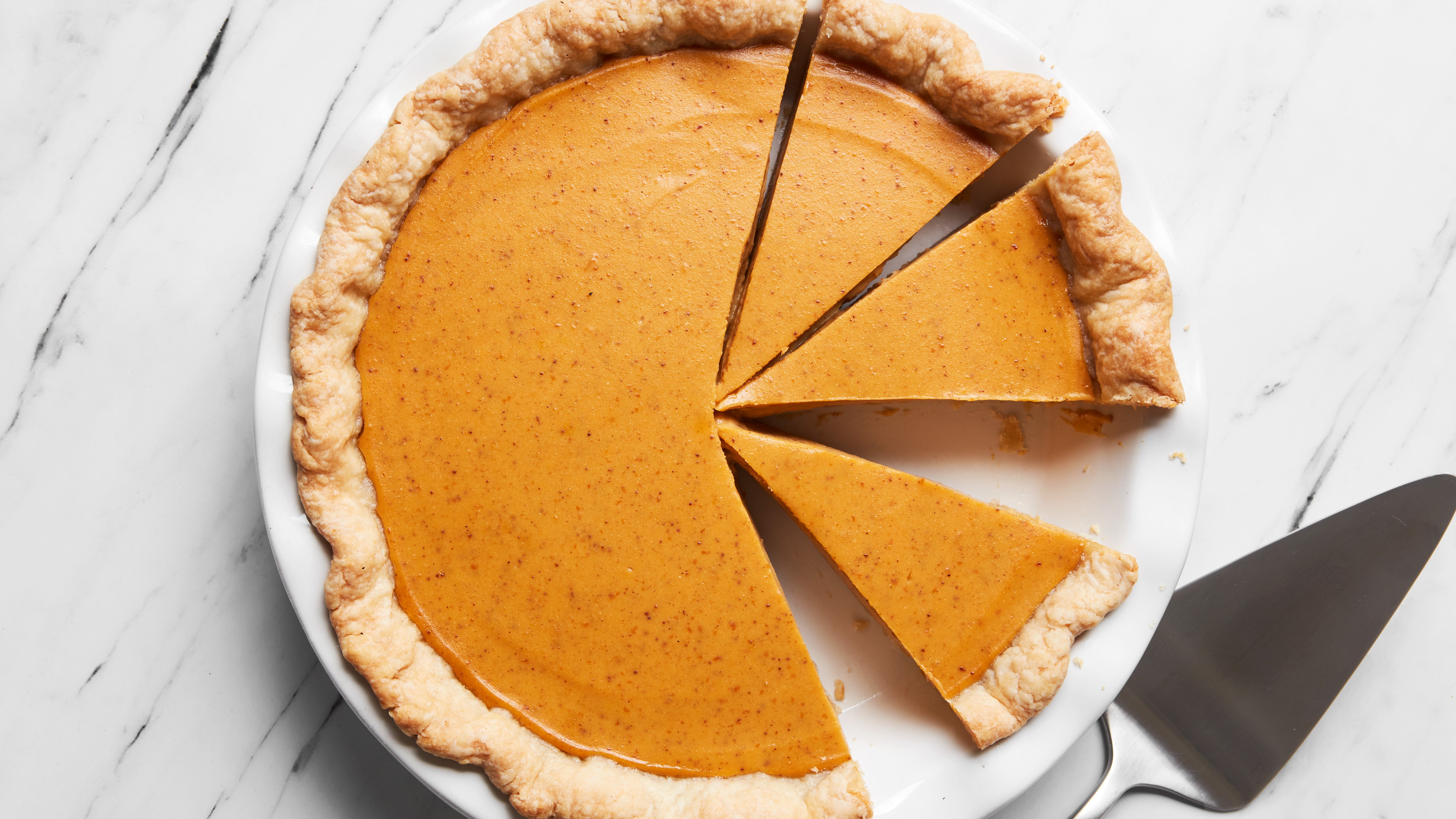
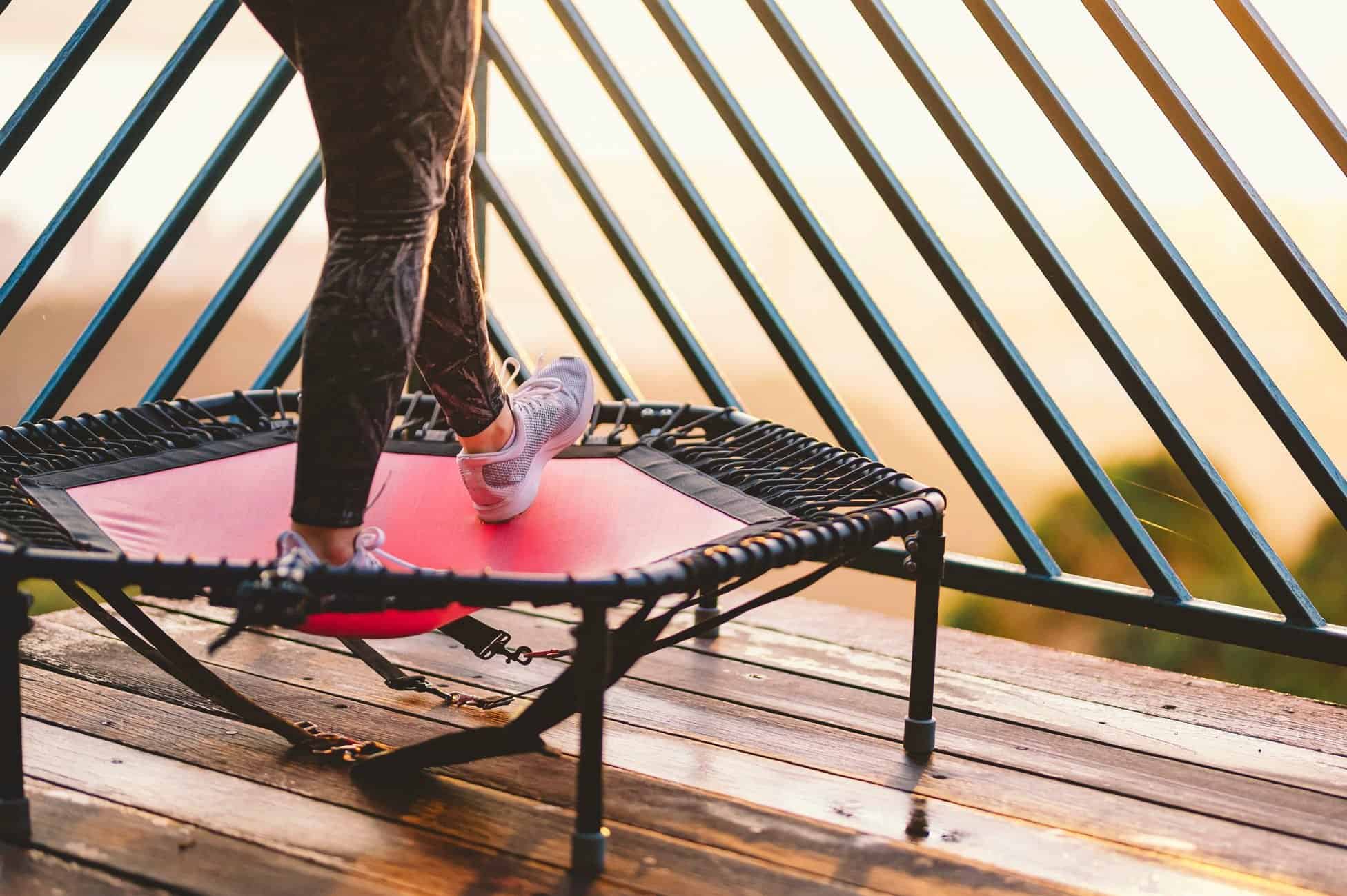
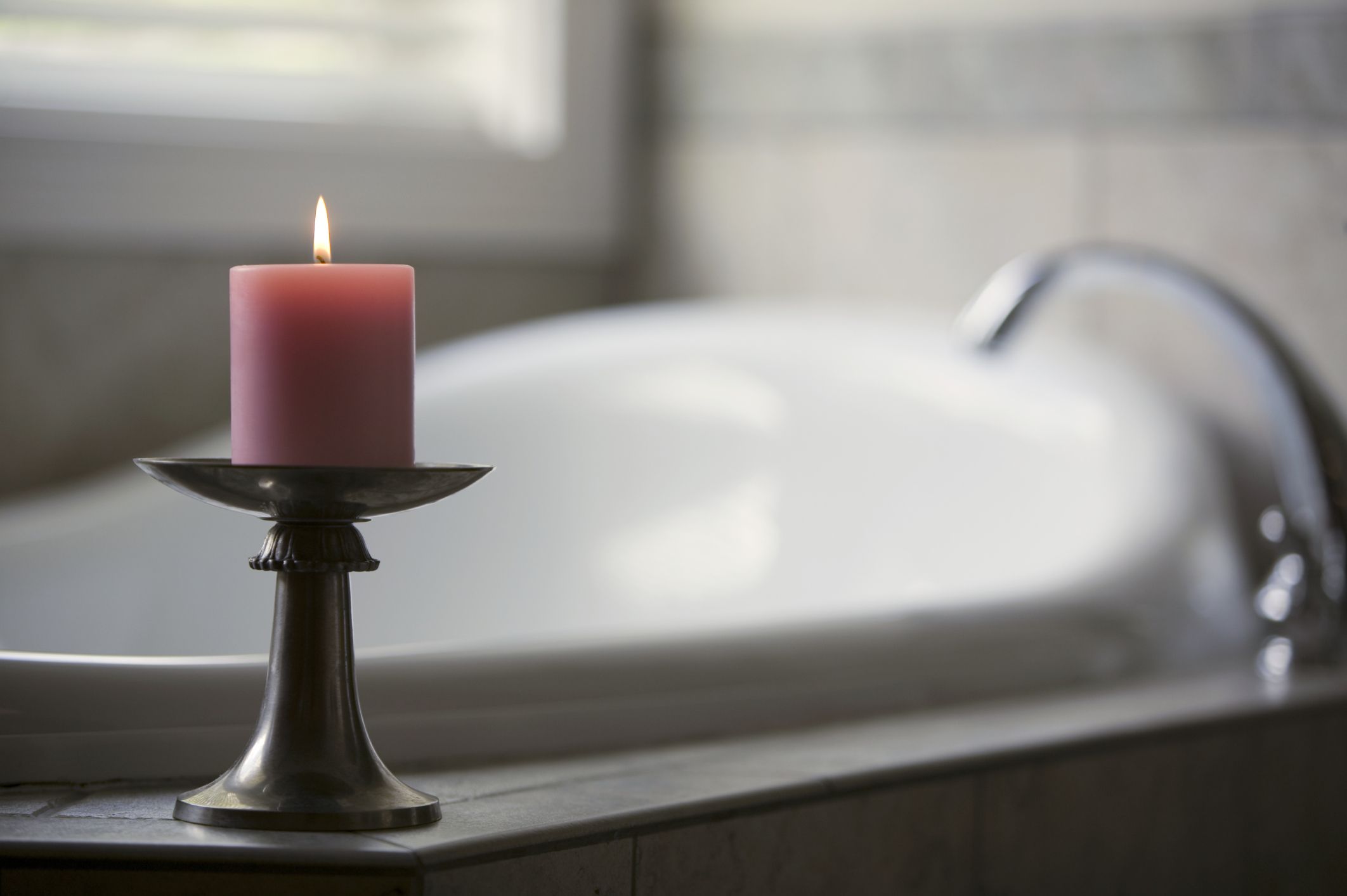

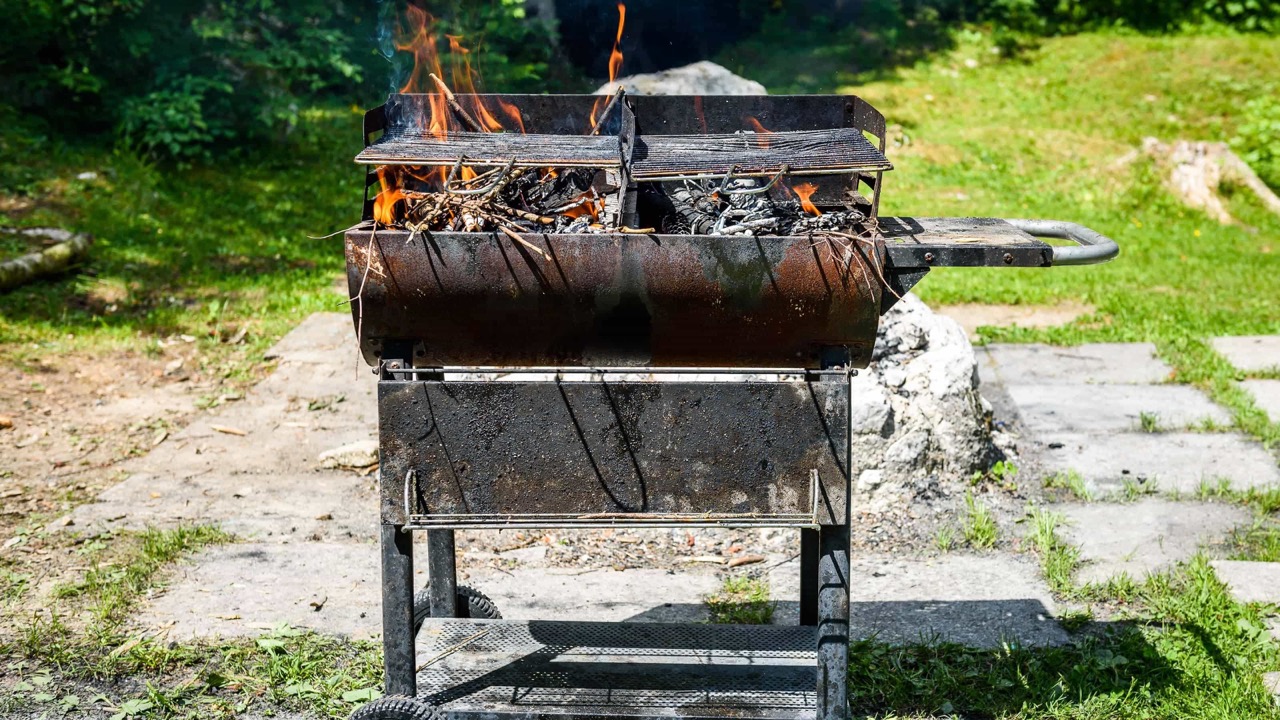
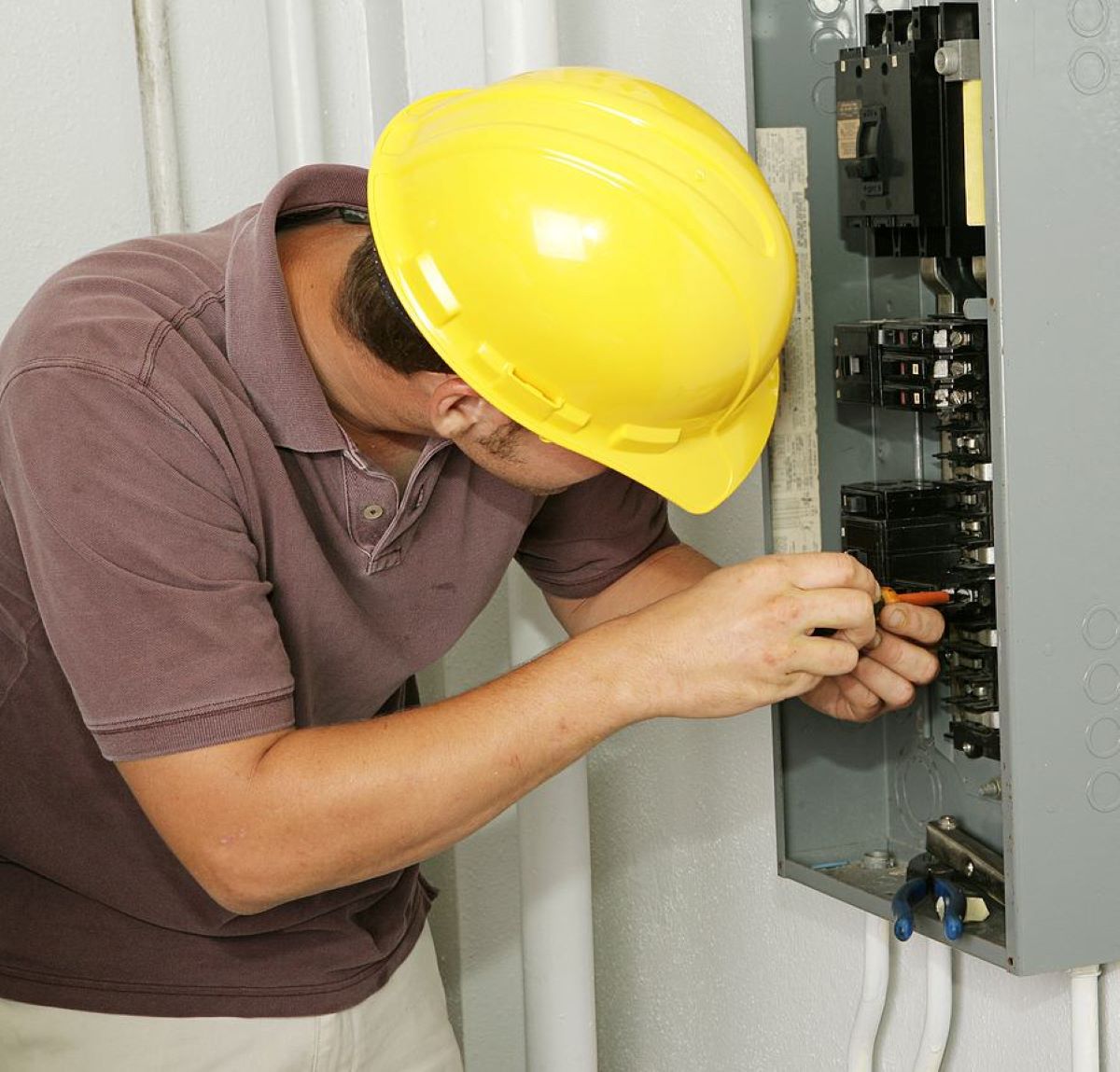
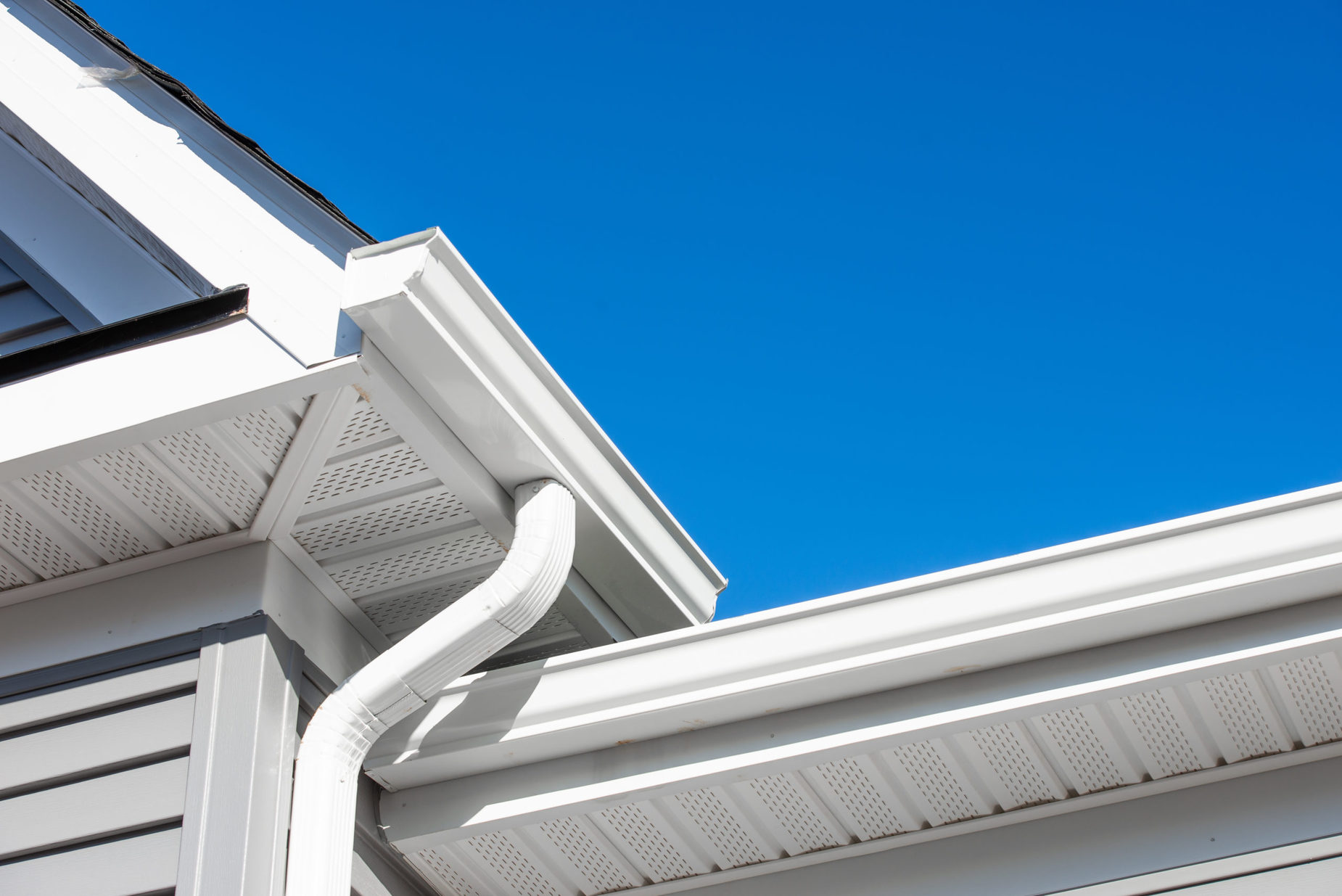
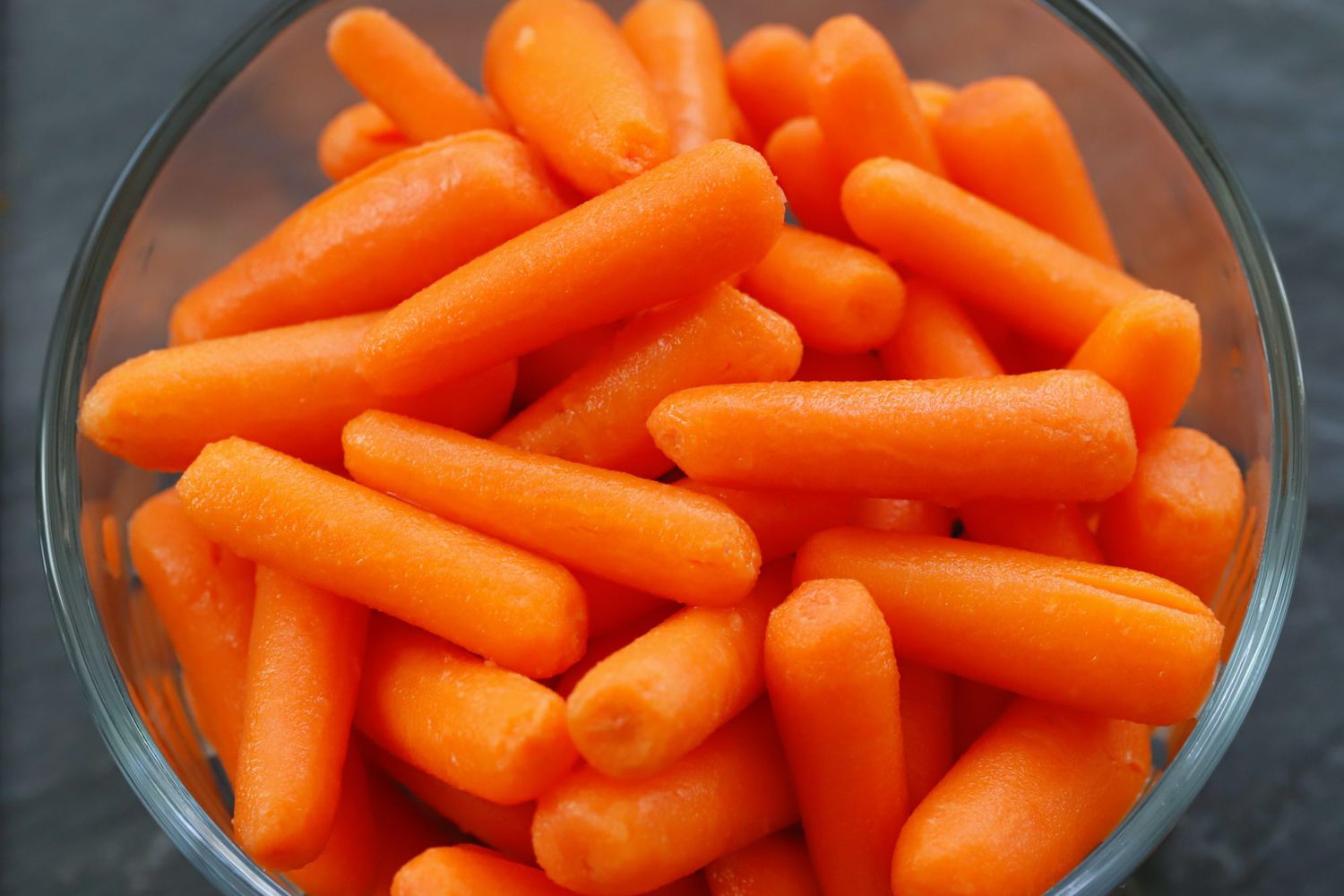
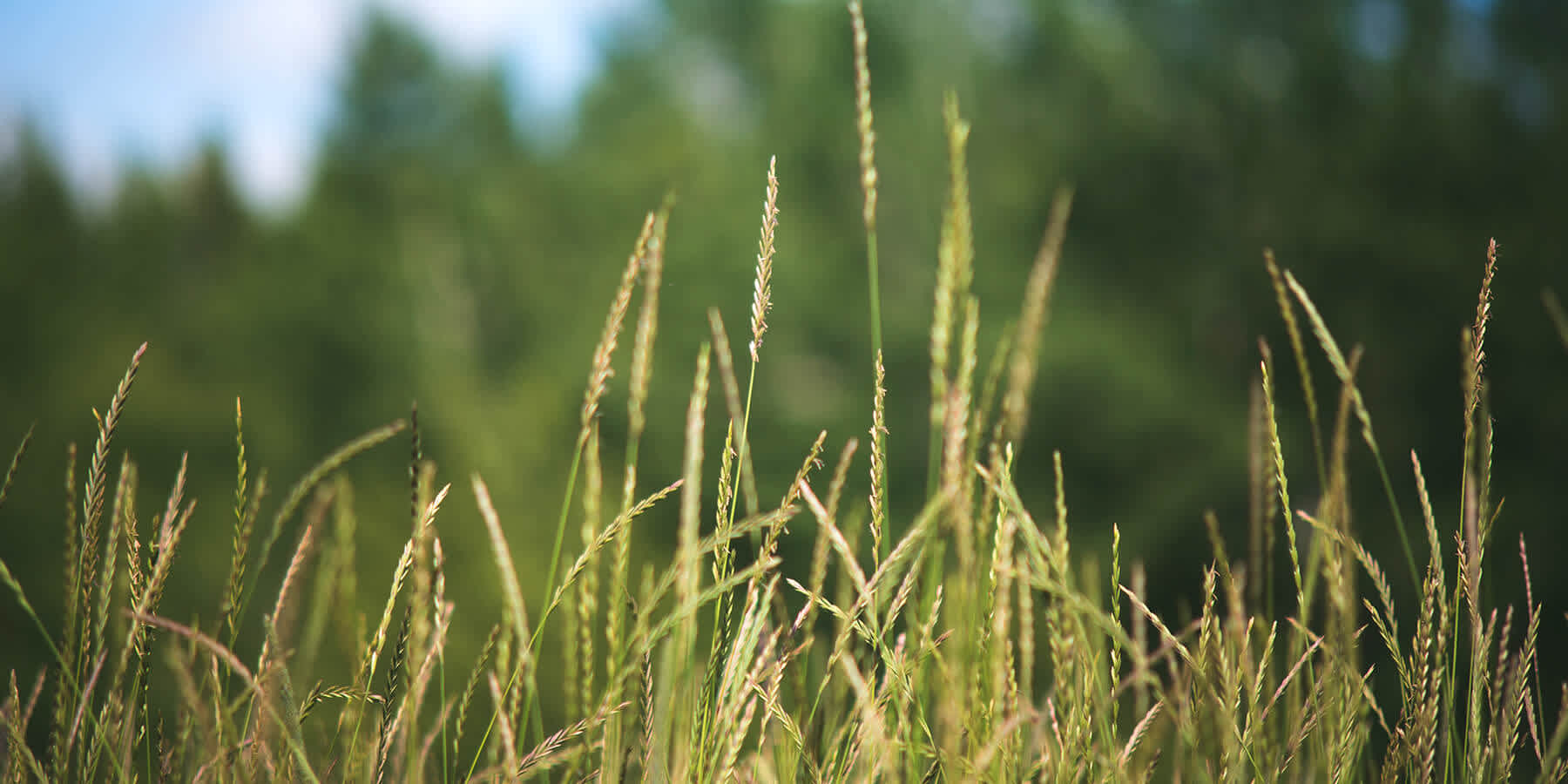
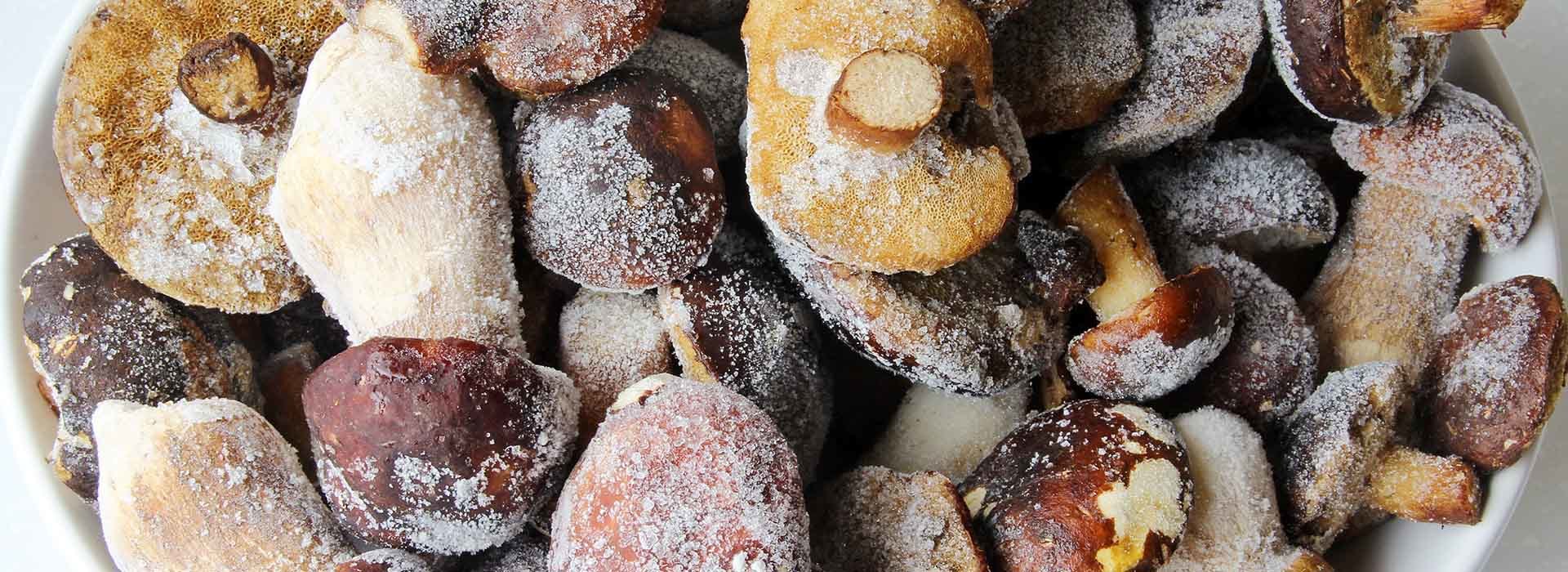
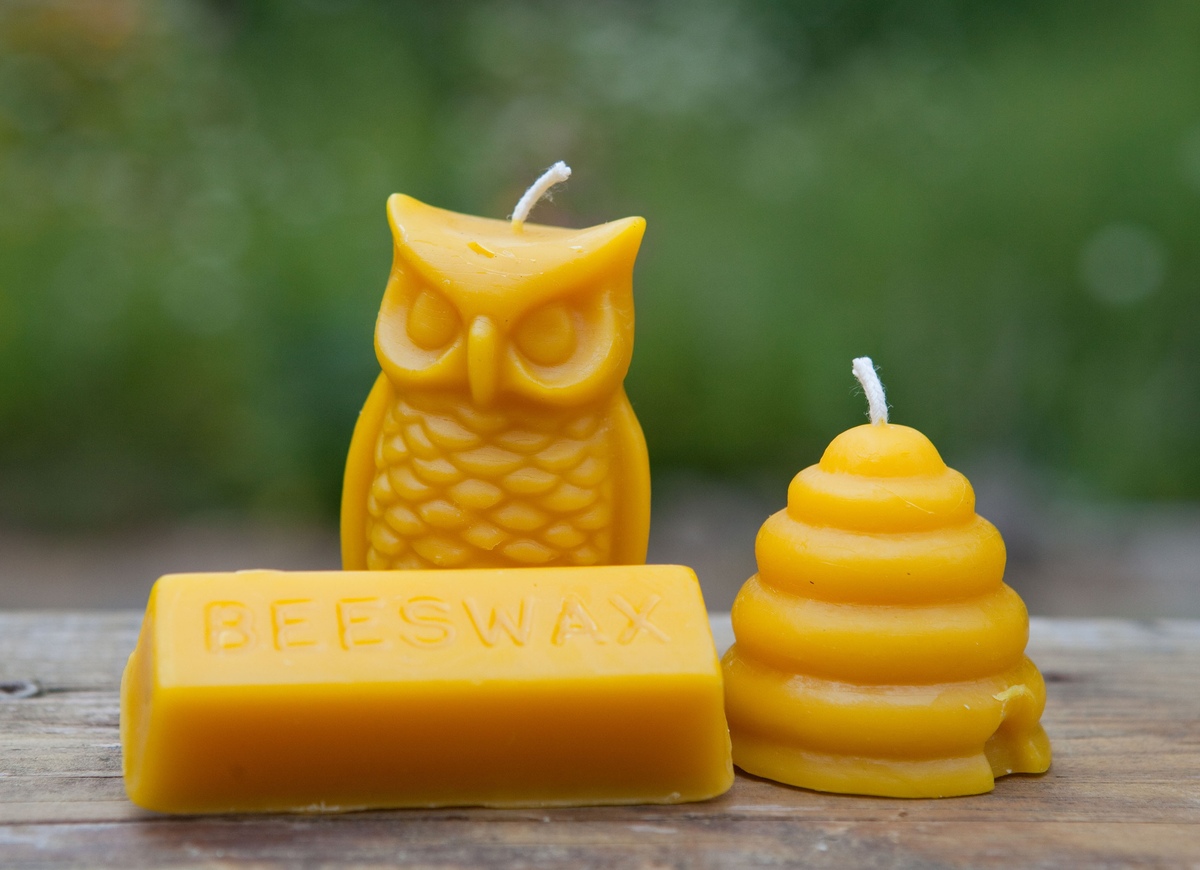

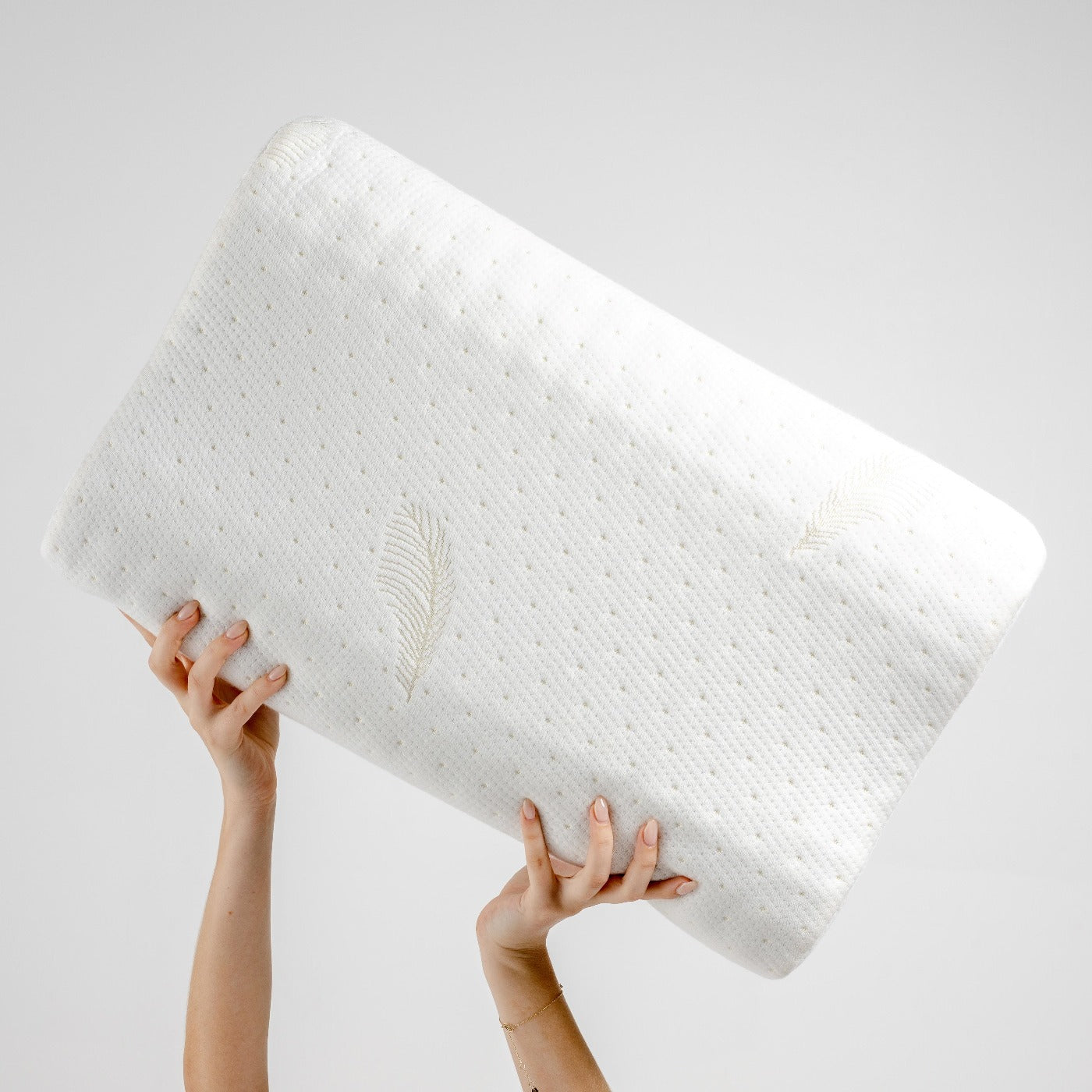


0 thoughts on “How Long Do Pumpkins Last On The Porch”